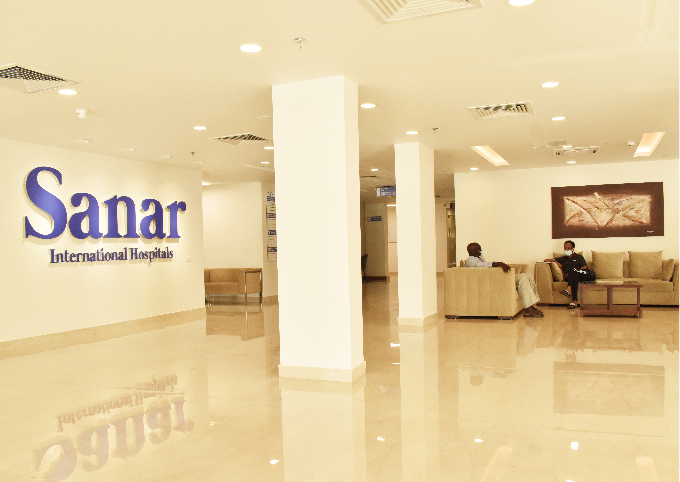Procedure Type
Surgical procedureProcedure Duration
15 to 90 minutesHospital Stay (Days)
2 DaysTransurethral resection of bladder tumour (TURBT) is a common surgical procedure used to diagnose and treat bladder cancer. It involves removing tumours from the bladder through the urethra, without the need for external incisions. TURBT is typically performed when a patient is diagnosed with a tumour in the bladder, and it plays a crucial role in both staging the cancer and providing immediate treatment. This minimally invasive procedure offers many benefits, including quicker recovery times and reduced risk of complications compared to traditional open surgery.
TURBT is performed under general or spinal anesthesia. A cystoscope, a thin tube with a light and camera, is inserted into the bladder through the urethra, allowing the surgeon to visualize the tumour. The surgeon then uses a special tool to remove the tumour or take biopsy samples for further examination. The procedure can take anywhere from 30 minutes to 2 hours, depending on the size and number of tumours being removed.
TURBT is primarily indicated for patients with non-muscle invasive bladder cancer, which refers to tumours that have not spread into the deeper layers of the bladder wall. It is also used for patients with recurrent tumours, providing a way to monitor and manage the condition. In some cases, TURBT may also be performed to alleviate symptoms such as bleeding or blockage of urine flow caused by a tumour.
Most patients are able to go home the same day or after a short hospital stay following TURBT. The recovery time is relatively quick, and many patients are able to resume normal activities within a week, though strenuous activities should be avoided for a few weeks. It is common for patients to experience mild discomfort, such as urinary frequency or burning, during the first few days after the procedure. This is typically managed with pain relievers and antibiotics to prevent infection.
Although TURBT is generally safe, there are some potential risks and complications. These can include bleeding, infection, and perforation of the bladder wall. In rare cases, the tumour may recur after the procedure, requiring further treatment or surveillance. It is essential for patients to follow up with their healthcare providers regularly to monitor for any recurrence or complications.

Associate Chief Urology & kidney transplant & Robotic Surgery

Senoir Consultant - Renal Sciences, Urology

Chief - Urology, Kidney Transplant Program & Robotic Surgery (Unit II)
The cost of TURBT in India varies depending on the hospital, location, and the complexity of the case. On average, the procedure costs between ₹70,000 to ₹2,00,000. The cost may include hospital charges, anesthesia fees, and post-operative care, but it is often much more affordable compared to similar procedures in other countries, which makes it a popular choice for international patients.
TURBT is highly effective for treating non-muscle invasive bladder cancer. After the procedure, patients are typically monitored with regular cystoscopies to check for tumour recurrence. The long-term outlook depends on the stage and grade of the cancer, but early-stage bladder cancer treated with TURBT can often be managed successfully with minimal long-term complications. Regular follow-up is crucial to ensure that any new tumours are detected and treated promptly.

Gurugram, India

Gurugram, India

Gurugram, India
Honest Guidance, Reliable Support, Seamless Journeys.
Provide Us
Reports


Get Medical
Opinions


Pre-Arrival
Arrangements


Visa
Support


Assistance in
Treatments


Fly back and
Follow Up

